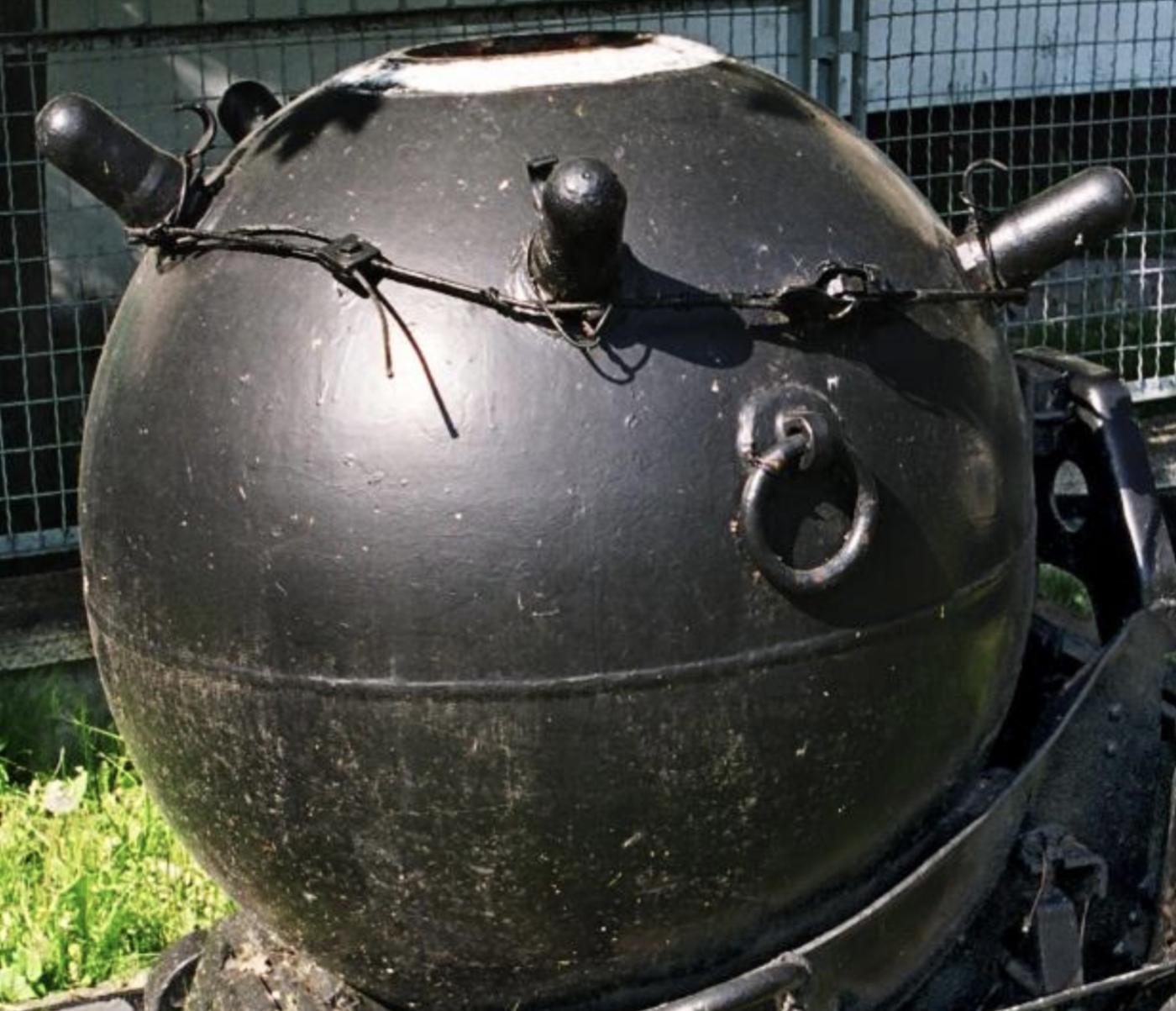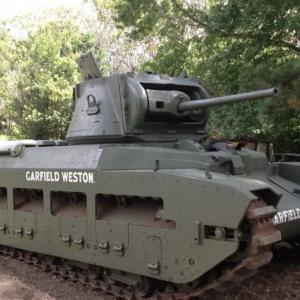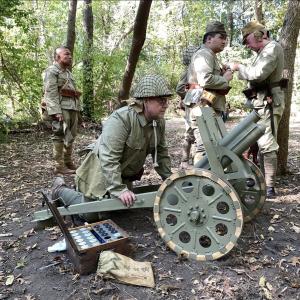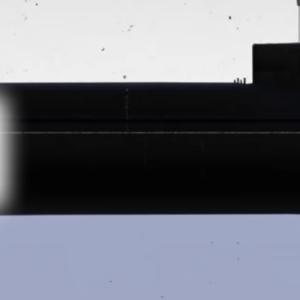
WW1 sea mines
Naval mines were a crucial yet often underappreciated weapon in World War I. These explosive devices, typically moored to the seabed or set adrift to float at varying depths, were designed to detonate on contact or via magnetic or acoustic triggers. Their primary role was to deny enemy ships access to key maritime routes and to sink or damage enemy vessels without requiring direct engagement.
Before WWI, naval mines had seen limited use in prior conflicts, such as the American Civil War and the Russo-Japanese War. However, World War I marked the first time they were used on an industrial scale by multiple major powers. As trench warfare stalemated armies on land, the sea became a critical front for blockades, supply lines, and submarine warfare. Naval mines emerged as a strategic solution to control sea zones, restrict submarine movement, and impose blockades without requiring a constant naval presence.
Mines could be laid quickly and in large numbers, creating invisible threats that forced enemy fleets to either avoid strategic areas or invest heavily in minesweeping technology. They also created psychological terror among crews, knowing that one wrong movement could mean instant destruction.
During the war, several major industrial powers developed and mass-produced naval mines, each with unique specifications and delivery mechanisms. Germany led in the development of both surface-laid and submarine-deployed mines. The German Navy manufactured mines primarily through state-controlled factories and arms companies. These mines were deployed extensively using surface ships and specially-designed minelaying submarines. A key innovation was the integration of minelaying capabilities into smaller submarines known as the UC-class, which could carry and deploy up to 18 mines per patrol.
The British Royal Navy initially lagged behind in mine warfare capabilities but quickly adapted. British companies like Vickers Limited and the Royal Arsenal were instrumental in designing and manufacturing new types of mines. The British developed several types, including contact mines with horns filled with acid that would trigger explosions upon impact. British efforts also included more sophisticated mines laid at specific depths to counter the growing German U-boat threat.
The United States, entering the war later, became one of the most prolific producers of sea mines. In just over a year of war participation, American factories produced over 100,000 naval mines. These included the Mark 6 and Mark 7 mines, which incorporated magnetic and time-delay mechanisms. American manufacturing relied on rapid assembly-line production and drew from the country's extensive industrial base.
Other countries such as Russia, Italy, France, and Austria-Hungary also produced their own mines, although on a smaller scale. Russia developed robust minefields in the Baltic using both indigenous and imported designs. Italy, operating mainly in the confined Adriatic Sea, produced thousands of mines tailored for use in shallow and narrow waterways.
Naval mines were deployed extensively in major maritime theaters. Germany laid more than 250,000 mines throughout the war, with a large portion concentrated in the North Sea, the English Channel, and approaches to key British ports. German minelayers operated aggressively, often venturing deep into enemy-controlled waters to plant minefields that would disrupt merchant and naval shipping.
The British Navy laid approximately 116,000 mines over the course of the war. One of their most ambitious operations was the construction of extensive defensive minefields around the British Isles, particularly to protect the eastern coast and to bottle up the German fleet within the Heligoland Bight.
The United States, in coordination with Britain, executed one of the largest minelaying operations in history: the North Sea Mine Barrage. Spanning over 230 miles from Scotland to Norway, this massive field involved the laying of over 70,000 mines designed to block German U-boat access to the Atlantic. American minelaying ships laid approximately 56,611 mines within this barrage over just five months in 1918.
Russia deployed roughly 35,000 mines in the Baltic and Black Seas. These were often used in defense of naval bases like Kronstadt and Sevastopol. Russian minefields successfully deterred German naval incursions and caused numerous losses to enemy warships and submarines.
In the Mediterranean, Italy laid more than 12,000 mines, particularly in the Adriatic Sea where naval clashes with the Austro-Hungarian Navy were frequent. Austria-Hungary laid significantly fewer mines, roughly 1,500, but relied heavily on them for defense of critical ports such as Pola.
Naval mines were among the most effective maritime weapons of the war in terms of cost-to-impact ratio. They required relatively little manpower and expense to deploy but had the potential to cause catastrophic damage to even the most heavily armored ships.
German mines were responsible for sinking 259 merchant vessels, 46 warships, and 63 fishing vessels. Additionally, at least 84 other merchant ships were damaged. These results were achieved through both fixed minefields and those laid covertly by submarines.
British mines achieved even greater success, contributing to the destruction of over 1,000 enemy vessels by war’s end. Their effectiveness stemmed not only from the quantity laid but also from improved technology and the ability to strategically place them near major U-boat transit routes.
The North Sea Mine Barrage was a mixed success. While it did not completely shut down German submarine activity, it contributed significantly to U-boat losses and made transiting the North Sea far more dangerous for German naval forces. At least six German submarines were confirmed sunk by the barrage, and many others were damaged or diverted.
Mines also had psychological effects on naval operations. The constant threat of unseen mines led to delays, changes in route planning, and extensive use of minesweepers. Many navies developed entire fleets of minesweeping vessels, but even these ships were at constant risk. The presence of mines reshaped how naval battles were fought, often forcing ships to avoid key areas entirely or risk near-certain destruction.
One of the most famous victims of mine warfare was the RMS Britannic, the sister ship of the Titanic. Serving as a hospital ship, she struck a mine in the Aegean Sea and sank within an hour, killing 30 people and reinforcing how deadly and indiscriminate mines could be.
Naval mines in World War I marked a turning point in undersea warfare. Their widespread use by nearly every major naval power proved their tactical and strategic value. By the war’s end, mines had become essential elements of maritime defense, deterrence, and offensive action.
The war showed that controlling the sea was not just about surface fleets but also about denying access through hidden threats. Mine warfare evolved significantly in subsequent decades, with World War I providing both the technological groundwork and tactical insights that would shape the development of even more advanced mines in World War II and beyond.
Naval mines had changed the face of naval warfare. They had sunk thousands of ships, shaped entire naval strategies, and introduced a persistent threat that lingered long after the guns had fallen silent.










